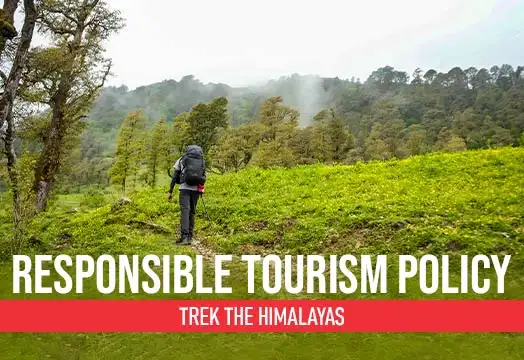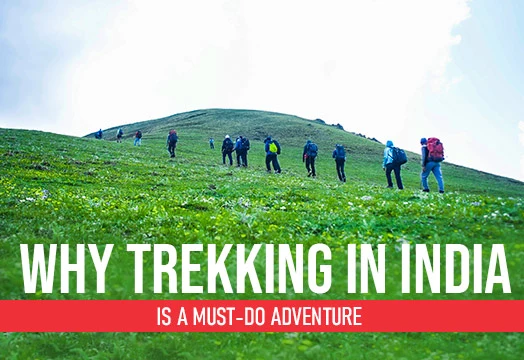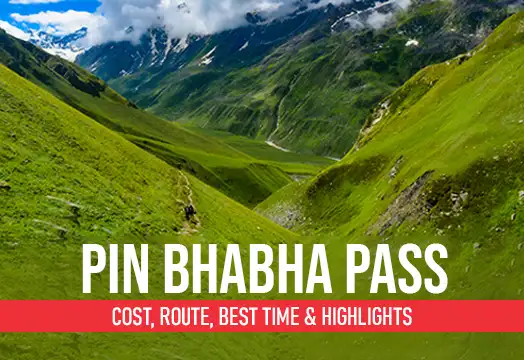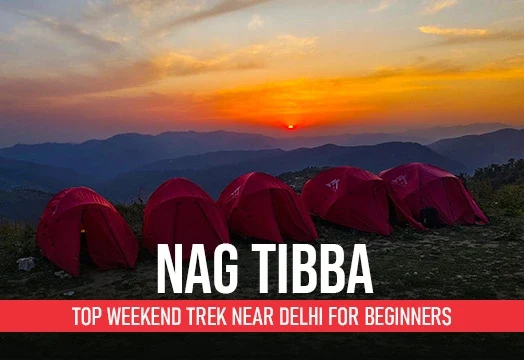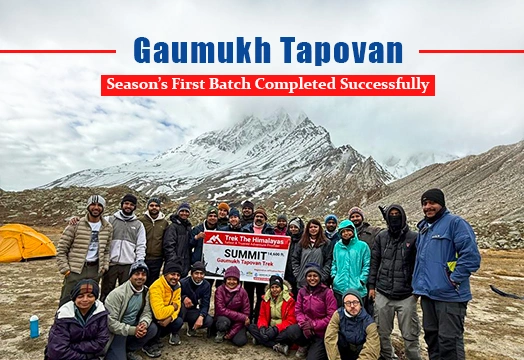Hydration is a significant factor to keep in mind when you are venturing into a Himalayan trek. Proper hydration is not merely a comfort but a fundamental factor that can significantly impact overall health, performance, and trekking experience. We always stress the importance of hydration to our trekkers to avoid the risks of altitude sickness and to enhance the trekking experience. In this article, we will delve into why hydration is so important and how to maintain hydration on a trek
Reasons Why Hydration is Important?

1. Physical Performance
Adequate hydration is directly linked to physical performance. Whether you are navigating steep ascents, negotiating challenging terrains, or adjusting to high altitudes, staying hydrated ensures that your muscles and joints function optimally. Dehydration can lead to muscle cramps, fatigue, and a notable decrease in endurance, hindering your ability to cover distances effectively.
2. Cognitive Function
The cognitive demands of trekking require mental alertness and focus. Dehydration has been shown to impair cognitive function, affecting decision-making abilities and concentration. In a trekking scenario, where quick thinking and situational awareness are crucial, maintaining proper hydration is key to ensuring a clear and sharp mind.
3. Temperature Regulation
Treks often expose individuals to varying climates and altitudes. Hydration plays a vital role in regulating body temperature, especially in extreme conditions such as hot, arid landscapes or cold, high-altitude environments. Water aids in the body's cooling mechanism through perspiration, preventing overheating during exertion.
4. Altitude Adaptation
As trekkers ascend to higher altitudes, the air becomes thinner, and the body must work harder to extract oxygen. This increased effort, combined with the lower humidity levels at altitude, can lead to accelerated fluid loss through respiration. Hydration becomes even more critical at higher elevations to counteract the potential for altitude-related issues.
5. Prevention of Dehydration-Related Ailments
Dehydration is a precursor to several trekking-related ailments, including altitude sickness, heatstroke, and hypothermia. Maintaining an optimal fluid balance helps reduce the risk of these conditions, ensuring a safer and more enjoyable trekking experience.
6. Recovery and Endurance
Proper hydration aids in post-trek recovery by supporting muscle repair and minimizing soreness. It also contributes to improved endurance over the course of a trek, allowing trekkers to sustain their energy levels and perform consistently throughout the journey.
Challenges of Maintaining Hydration in Winter Treks
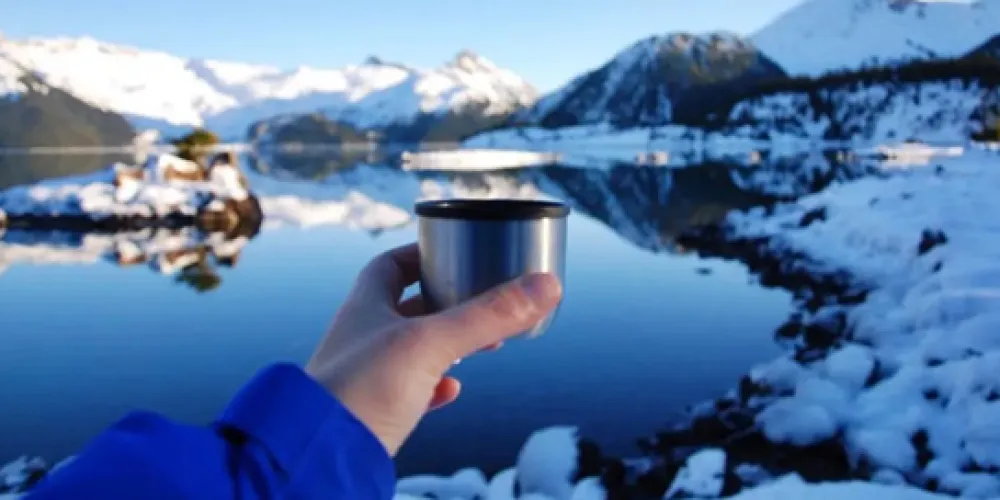
Winter treks present unique challenges when it comes to maintaining hydration, as the cold environment can alter the body's hydration needs and introduce obstacles that trekkers might not encounter in other seasons. Understanding and addressing these challenges is crucial to ensuring the well-being and success of the trek. Here are specific challenges of maintaining hydration in winter conditions:
1. Reduced Thirst Sensation
In cold weather, individuals often experience a diminished sensation of thirst. This can lead to a decreased inclination to drink water, even when the body is losing fluids through respiration and physical exertion. Trekkers may not feel as compelled to hydrate, putting them at risk of dehydration.
2. Increased Respiratory Fluid Loss
Cold air is typically drier, and as trekkers breathe in this dry air, their respiratory system works harder to humidify and warm it. This process results in increased fluid loss through breathing. Trekkers may not be aware of this invisible water loss, making it essential to compensate by consciously increasing fluid intake.
3. Risk of Dehydration in Cold Conditions
The misconception that cold weather reduces the risk of dehydration can be dangerous. In reality, the body still loses fluids through sweat, respiration, and other means, and the cold can mask the signs of dehydration. Trekkers may not sweat as visibly as in warmer conditions, leading them to underestimate their fluid needs.
4. Freezing of Water Sources
In winter, water sources along the trekking route may freeze, limiting access to liquid water. Trekkers need to be prepared with strategies to prevent their own water from freezing, such as using insulated bottles and hydration systems or keeping water close to the body to benefit from body heat.
5. Challenge of Carrying Liquid Water
Traditional water bottles can freeze in extremely cold temperatures, making it challenging for trekkers to access their water supply. This necessitates the use of insulated containers and requires careful planning to prevent water from turning into ice during the trek.
6. Difficulty in Recognizing Dehydration Symptoms
In cold weather, some typical symptoms of dehydration, such as excessive sweating, may be less noticeable. Trekkers might mistake signs of dehydration for cold weather-related discomfort, leading to delayed or inadequate responses.
7. Impact of High-Altitude Conditions
Many winter treks involve high-altitude terrain where the air is thinner. At higher altitudes, the body tends to lose water more quickly through increased respiration. Trekkers must be mindful of the combined effects of cold and altitude on hydration requirements.
Practical Tips for Winter Hydration
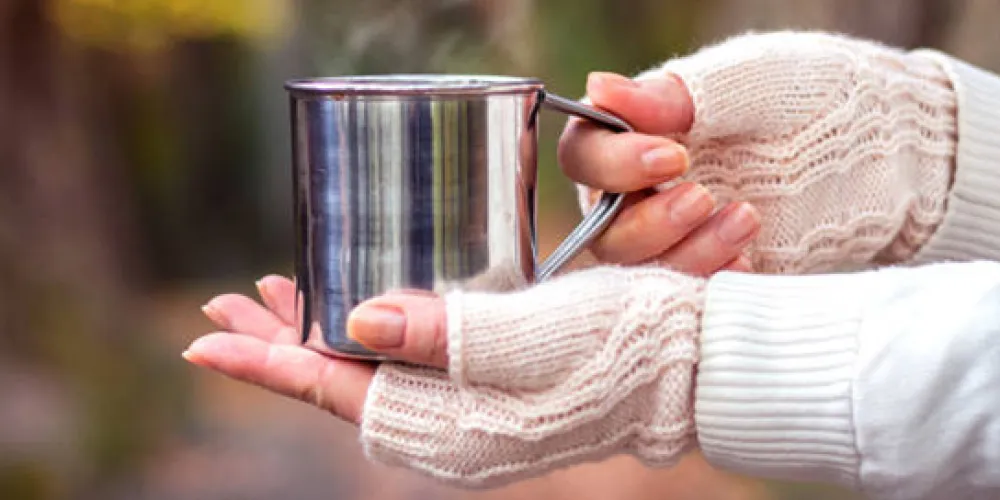
1. Pre-Hydration
Start the trek well-hydrated by drinking water before setting out. This helps establish a good fluid balance and prepares the body for physical exertion and potential fluid loss during the trek.
2. Insulated Water Containers
Use insulated water bottles or containers to prevent water from freezing in cold temperatures. This helps ensure a continuous supply of liquid water throughout the trek. Additionally, consider placing a neoprene sleeve or insulation around the bottle for extra protection.
3. Hydration Systems with Insulation
Opt for hydration systems (bladders) with insulated tubes and reservoirs. This minimizes the risk of water freezing in the tubing, providing a convenient and efficient way to stay hydrated, especially during continuous movement.
4. Warm Beverages
Incorporate warm beverages into your hydration plan. Hot water, herbal teas, or warm electrolyte drinks not only contribute to fluid intake but also provide a comforting and invigorating experience during cold weather.
5. Monitoring Urine Color and Frequency
Pay attention to urine color and frequency as indicators of hydration status. Light yellow urine generally signifies proper hydration, while dark yellow or amber may indicate dehydration. Aim for regular and clear urine output throughout the trek.
6. Strategic Water Intake
Schedule regular breaks for water intake, even if you don't feel particularly thirsty. It's easy to underestimate fluid loss in cold weather, so adopting a proactive approach to hydration is crucial. Take advantage of breaks and meal stops to hydrate consistently.
7. Educate about Snow Melting
While snow can be a potential water source, educate trekkers about the limitations and risks. Melting snow requires time and energy, and it might not provide as much liquid water as expected. Always carry a sufficient supply of water and use melted snow as a supplementary source.
8. Electrolyte-rich foods and Drinks
Consume electrolyte-rich foods and drinks to maintain a balance of essential minerals. Winter treks can lead to increased fluid loss and electrolyte depletion, especially through sweating and respiratory water loss. Incorporate items like energy gels, electrolyte tablets, and hydrating snacks.
9. Avoid Alcohol Consumption
Limit the intake of caffeinated and alcoholic beverages, as these can contribute to dehydration. Instead, focus on beverages that support hydration, such as water, herbal teas, and warm electrolyte drinks.
10. Adapt to Altitude
If your winter trek involves high-altitude conditions, be mindful of the combined effects of cold and altitude on hydration requirements. The body tends to lose water more quickly at higher elevations, so adjusting your fluid intake accordingly is crucial.
By incorporating these practical tips into your winter trekking routine, you can navigate the challenges of maintaining hydration effectively, ensuring a safe, enjoyable, and well-hydrated adventure in cold conditions.
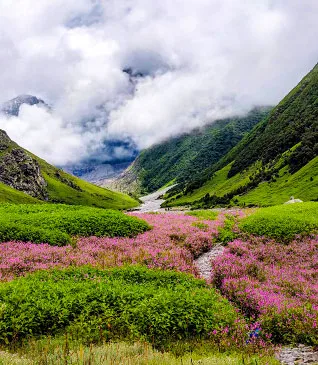
.webp)
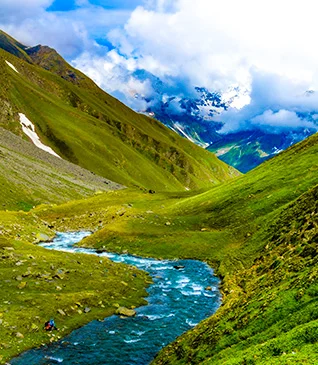
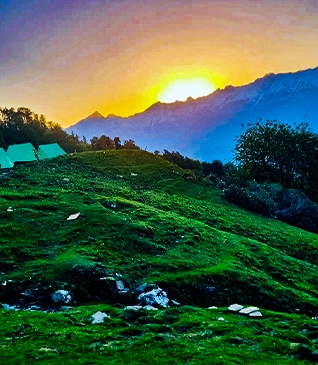
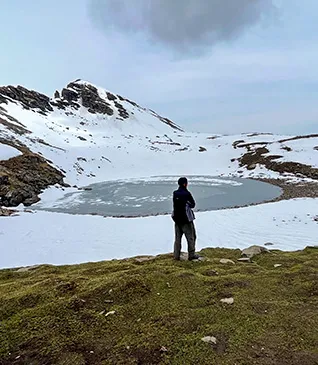
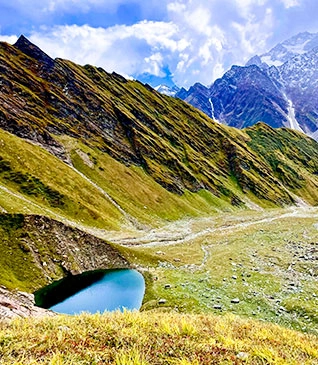
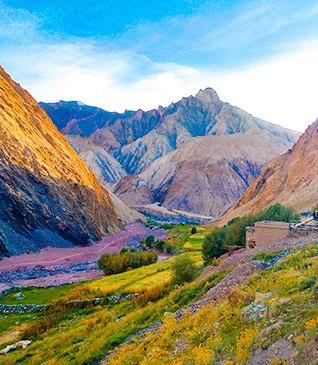
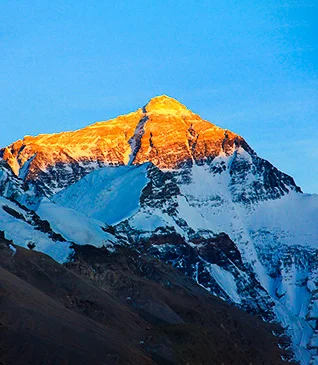
.webp)
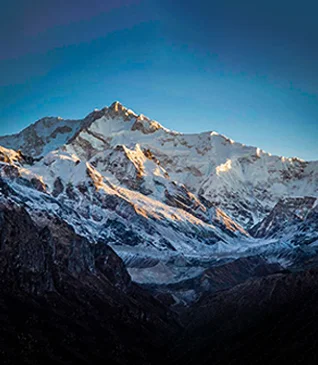
.webp)
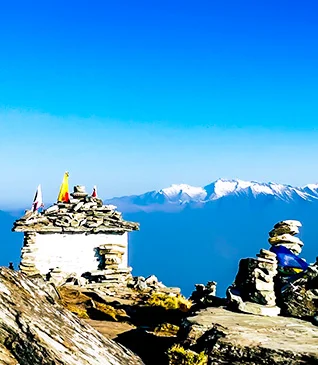
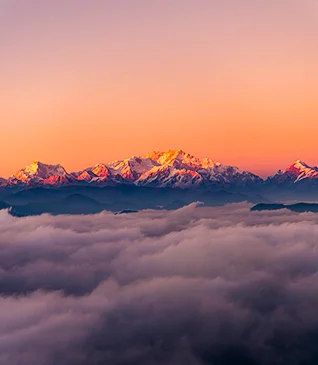
.webp)
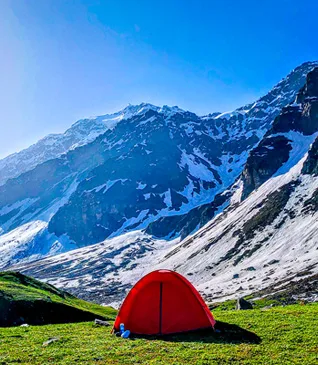
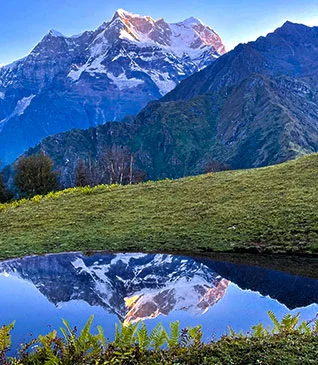
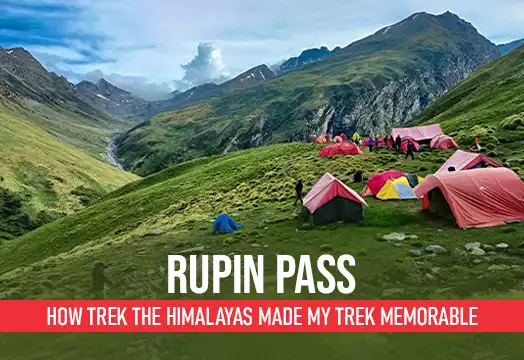

.webp)
